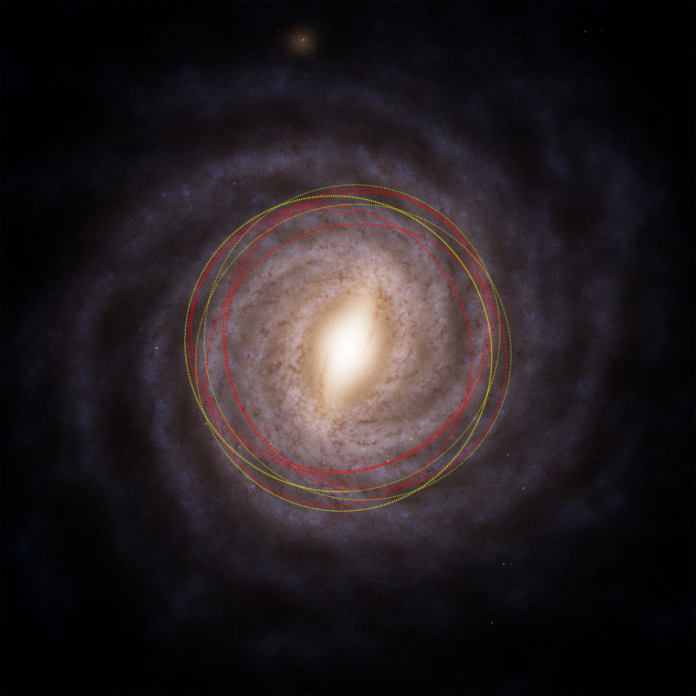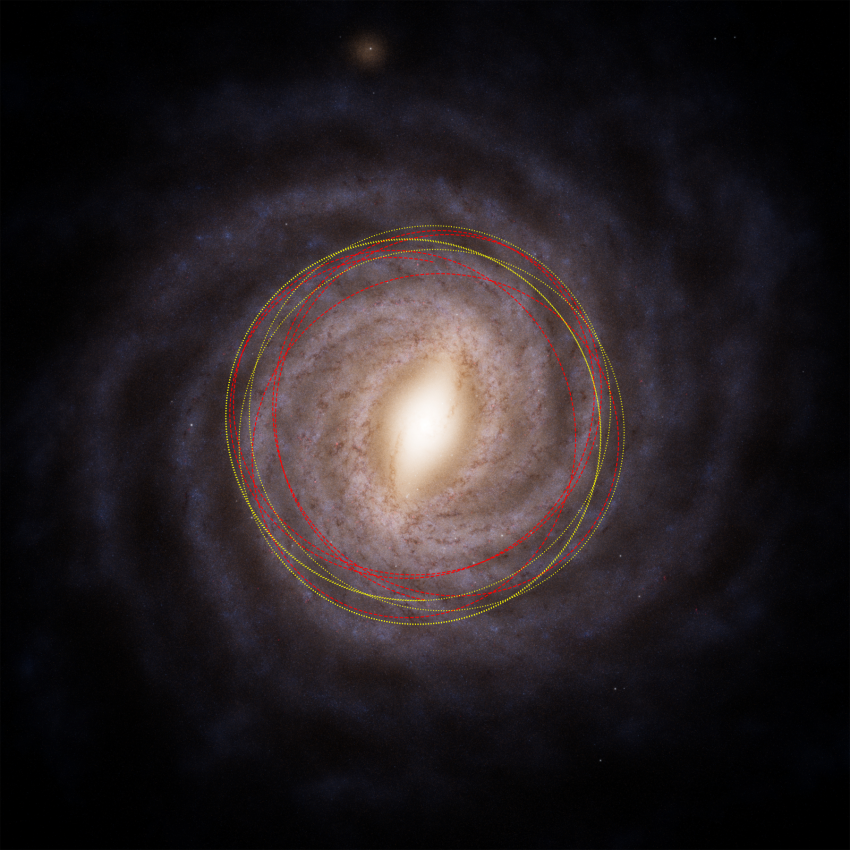
On July 1, 2025, a 20-inch survey telescope in Chile’s Rio Hurtado Valley spotted a thin, swift speck. In 24 hours, astronomers knew it was no common comet. It is now known as 3I/ATLAS, the third confirmed interstellar object ever to be seen and the largest and fastest to date, providing an unprecedented chance to analyze an unaltered fragment of another star system.
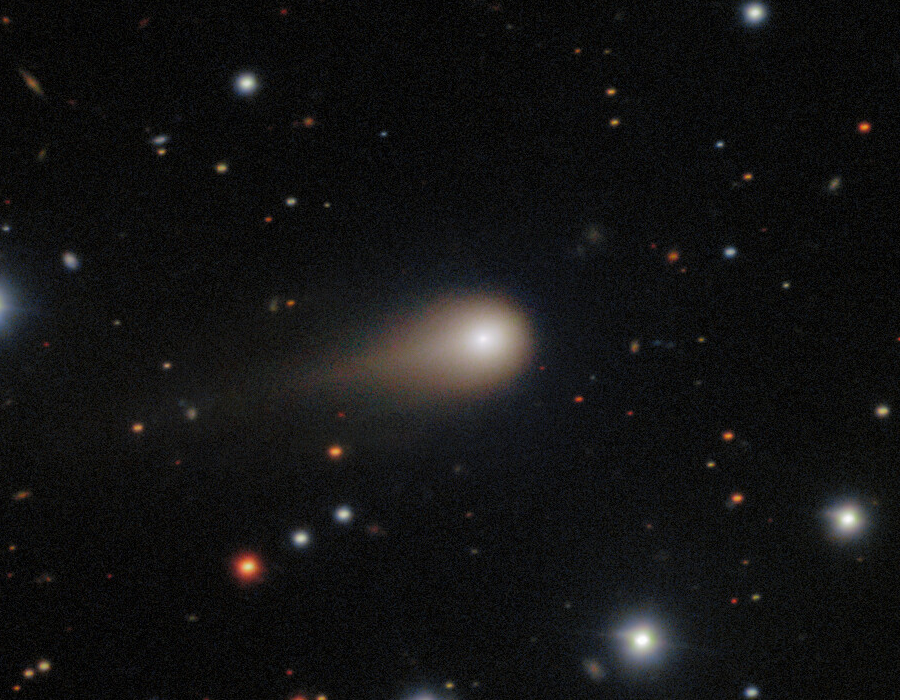
1. A Record-Breaking Visitor
3I/ATLAS is approaching at about 130,000 miles per hour, the fastest speed on record for a solar system visitor. Its hyperbolic path indicates the Sun’s gravity can’t hold it; once through, it will never come back. Early estimates had put its core at 12 miles in diameter, but more precise Hubble Space Telescope observations indicate it is only 3.5 miles (5.6 km) in width and as small as 1,050 feet. “It’s like seeing a rifle bullet for a thousandth of a second,” UCLA’s David Jewitt said, highlighting how difficult it is to follow it back to its birthplace.
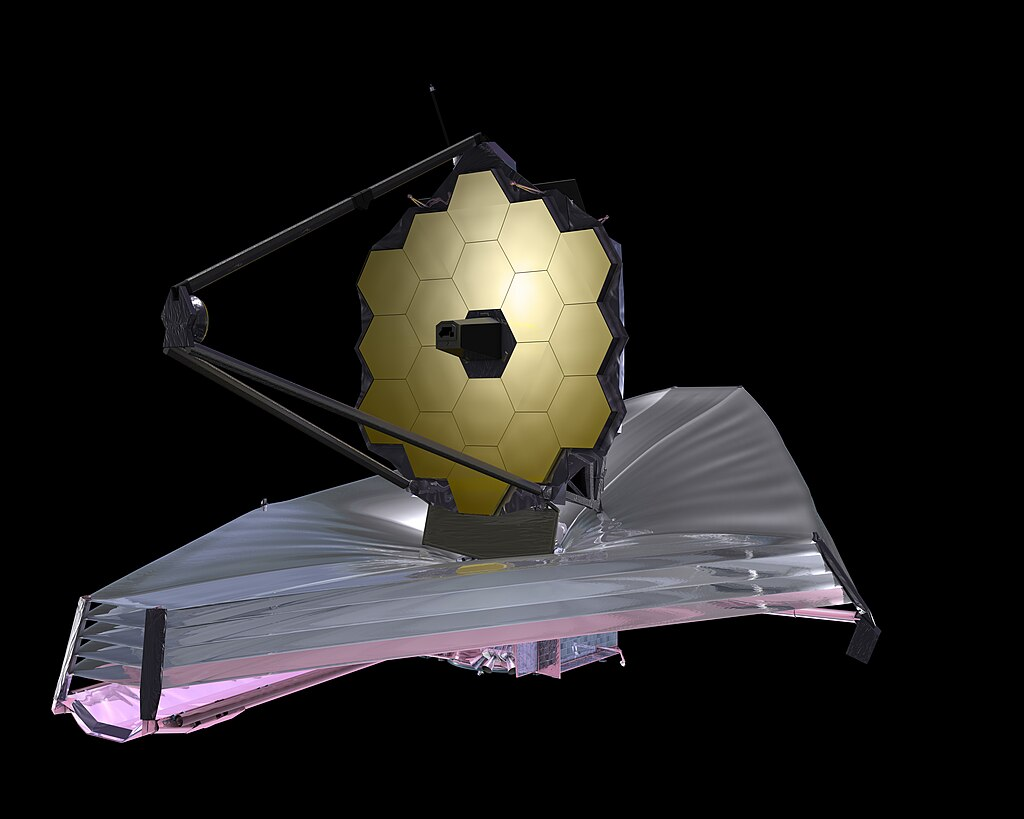
2. Detection and Tracking
The find was reported by the Asteroid Terrestrial-impact Last Alert System (ATLAS), a four-telescope network funded by NASA that monitors the sky for potentially dangerous near-Earth objects. After it was designated, observatories around the globe turned to follow it. Follow-up observations from ground-based and space telescopes, such as JWST and Hubble, have been organized to take its chemistry, dust activity, and nucleus size. All these quick-response observations are part of a burgeoning capability to spot interstellar objects early enough to be extensively studied.
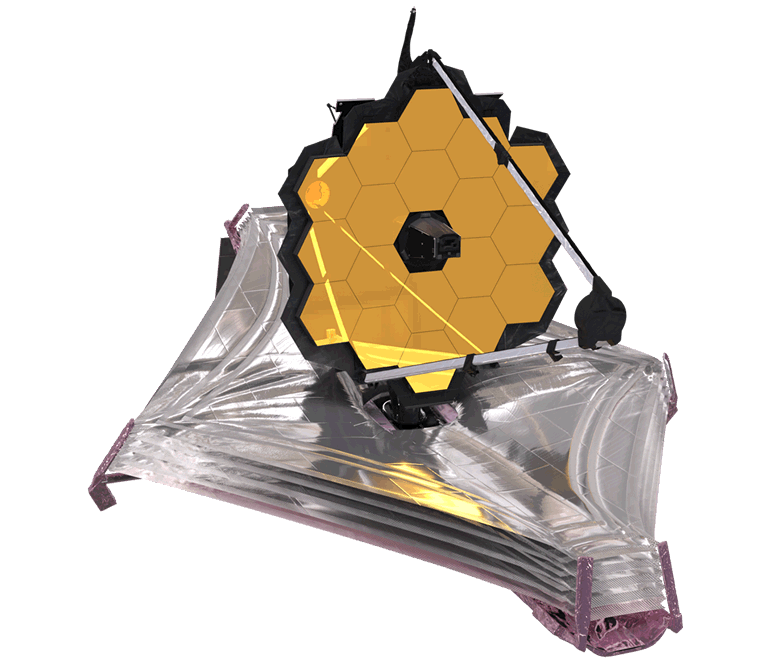
3. A Bizarre Chemical Signature
JWST spectroscopic data indicated a ratio of around 8:1 for carbon dioxide to water ice in the coma of the comet one of the highest ratios ever obtained for any comet. “Water is usually the dominant thing in comets. Here, it’s not,” said Martin Cordiner of the Catholic University of America. This indicates 3I/ATLAS coalesced in a part of its parent system significantly cooler than our sun’s comet cradles, perhaps even beyond its carbon dioxide ice boundary. The ambiently-dense CO₂ crust potentially accumulated over billions of years in the vastness of interstellar space, with exotic ices being retained.

4. Metals in the Coma
The European Southern Observatory’s Very Large Telescope also picked up on nickel and potentially iron in the coma when the comet was still close to 300 million miles from the Sun. In general, metals only sublimate at much hotter temperatures. One theory is that the nickel is tied up in volatile compounds such as nickel tetracarbonyl that can disintegrate in ultraviolet light, spewing out metal atoms far from the Sun. “We just cracked open the door to a whole new world of chemistry that we never had access to before,” said Thomas Puzia of the Pontifical Catholic University of Chile.
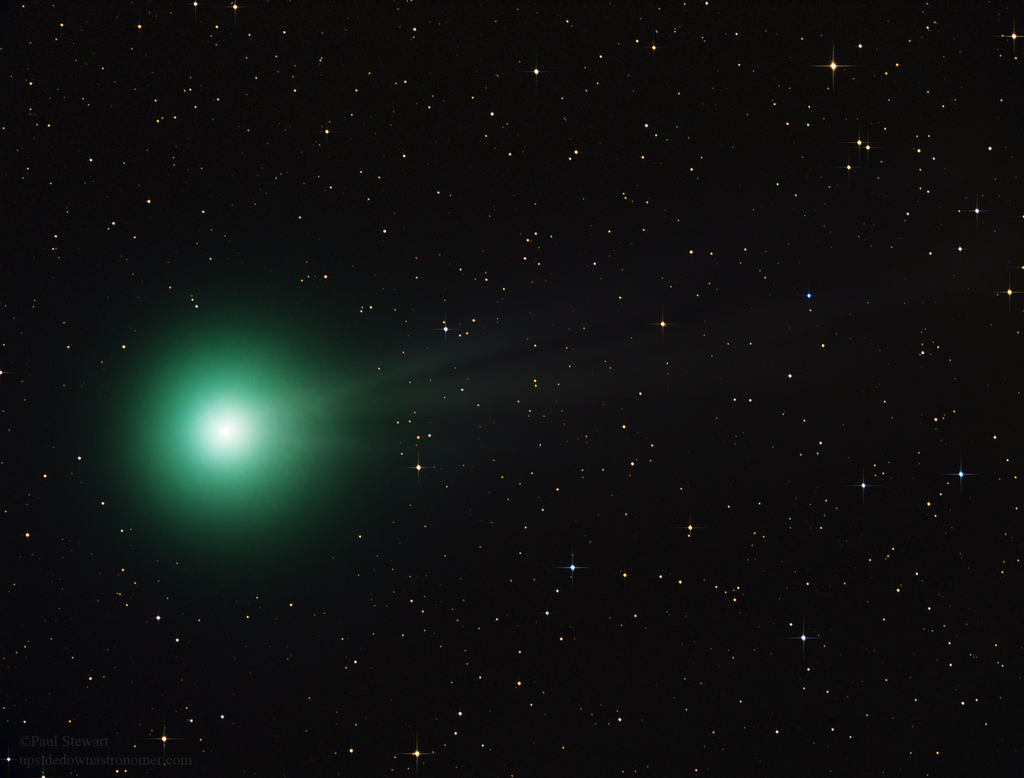
5. A Bright Green Glow
Photos taken on September 7, 2025, reveal the comet radiating green, possibly due to diatomic carbon or other exotic molecules emitted as sun’s radiation warms its surface. This photochemical activity, typical in certain comets, is yet to be studied for 3I/ATLAS. The hue may assist in identifying the nature of its outer regions and the influence of radiation-driven chemistry through its extensive interstellar lifetime.
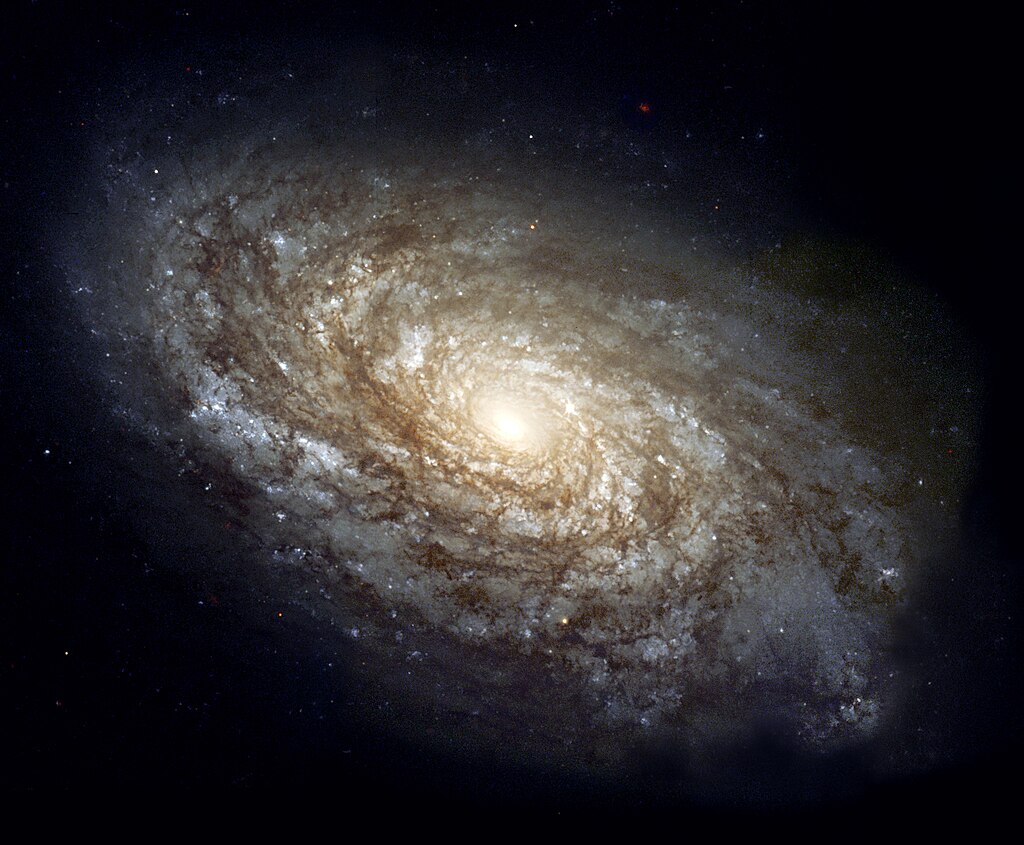
6. Galaxy Origins
Working back in reverse through Gaia star catalog information, scientists could not identify a certain parent star. Computer models indicate it might have been flung out of an early-formed planetesimal disk in some system, possibly in the thin disk of the Milky Way. Its age estimate, more than 7 billion years, places it more than 3 billion years before our solar system, with chemical imprints of ancient stellar surroundings, such as supernova-minted metals.

7. Window Watching
3I/ATLAS will remain visible until September 2025 in the evening sky, then move behind the Sun, crossing perihelion on October 29 at 1.4 AU. It will return in early December, visible before dawn, and approach Earth at closest proximity on December 19 at a comfortable 170 million miles. It should be observable into mid-2026 as it leaves the solar system. NASA astronomer Teddy Kareta said, “That might be the first time anyone has actually seen the light from an interstellar object with their own eyes.”
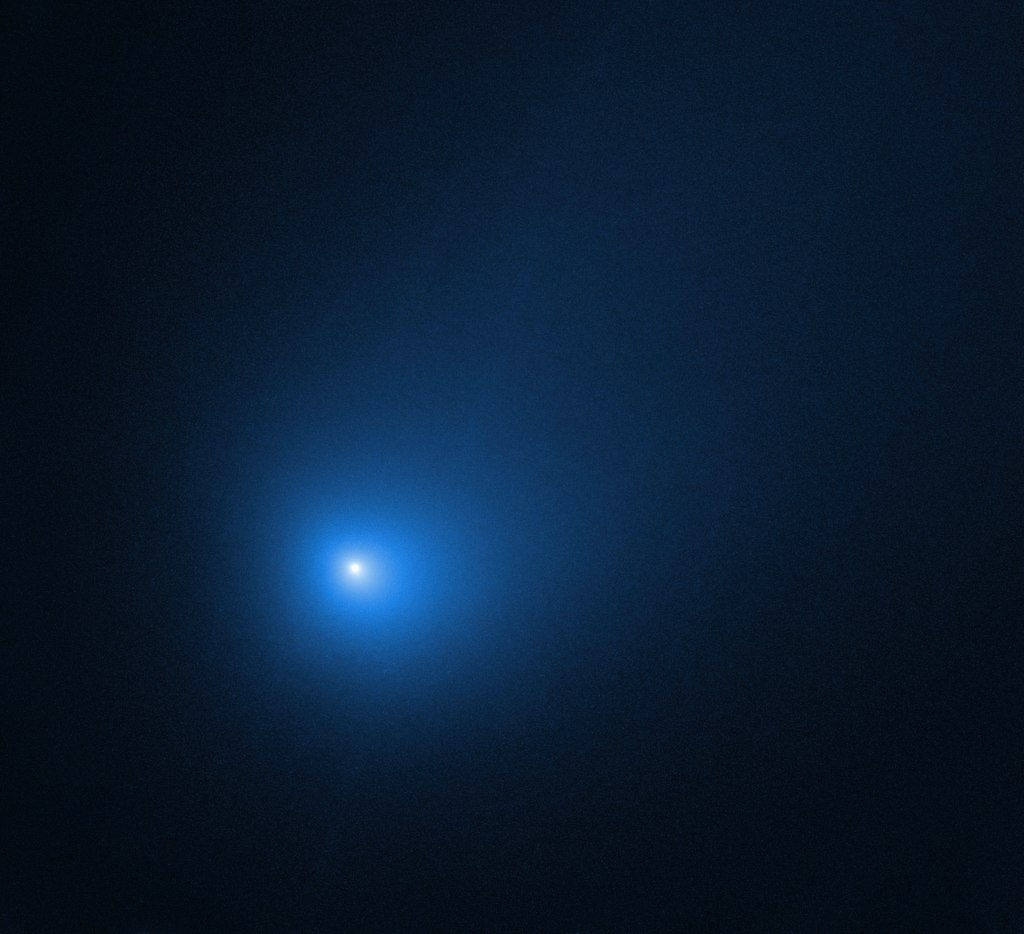
8. Scientific Stakes
Similar to 2I/Borisov before it, 3I/ATLAS presents a unique, unadulterated sample of material from a foreign planetary system. Its record CO₂ abundance, surprising metal emissions, and predawn activity far from the Sun test current comet formation models. Upcoming JWST spectra can be used to identify volatiles like methanol, methane, or hydrogen cyanide, which can be used to make detailed comparisons with solar system comets. As Cordiner stated, “The objective is to get the detailed chemical inventory inside this object, and that’s going to be really revelatory.”
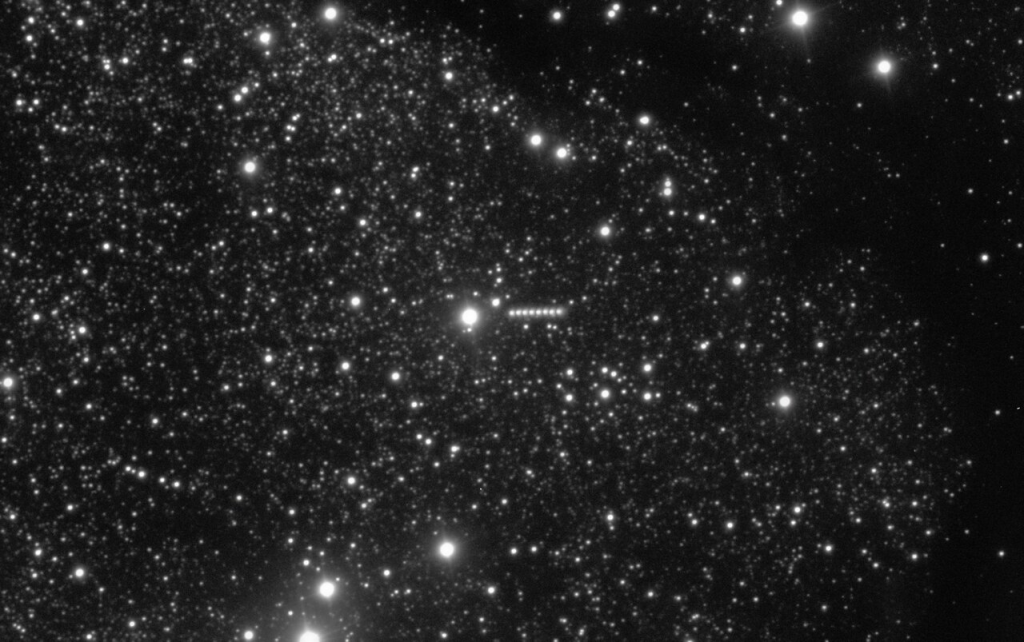
The comet’s brief stopover highlights the significance of future-generation survey telescopes such as the Vera C. Rubin Observatory, due to detect dozens more interstellar travelers. For the time being, 3I/ATLAS is an isolated messenger from the far reaches of the galaxy a frozen repository of chemistry and history from a planet we shall never observe.
